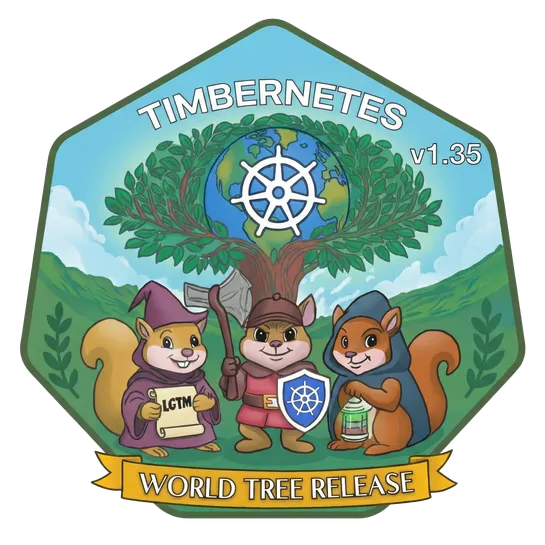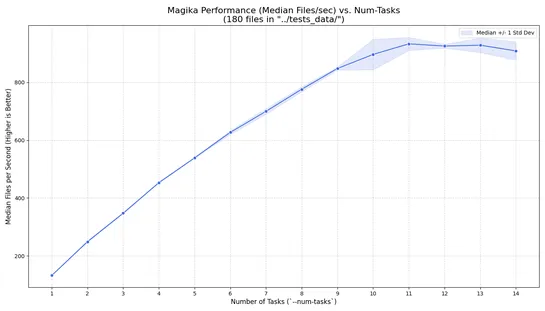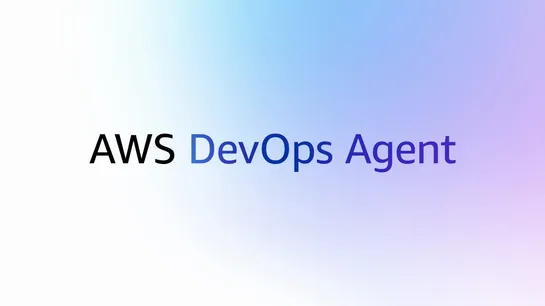Kubernetes v1.35 Timbernetes Release: 60 Enhancements
Kubernetes v1.35, the Timbernetes Release, debuts with 60 enhancements, including stable in-place Pod updates and beta features for workload identity and certificate rotation.
Kubernetes v1.35, the Timbernetes Release, debuts with 60 enhancements, including stable in-place Pod updates and beta features for workload identity and certificate rotation.

Google releases Magika 1.0, an AI file detection system rebuilt in Rust for improved performance and security.

Google supports the Model Context Protocol to enhance AI interactions across its services, introducing managed servers and enterprise capabilities through Apigee.
AWS introduces an autonomous AI DevOps Agent to enhance incident response and system reliability, integrating with tools like Amazon CloudWatch and ServiceNow for proactive recommendations.
